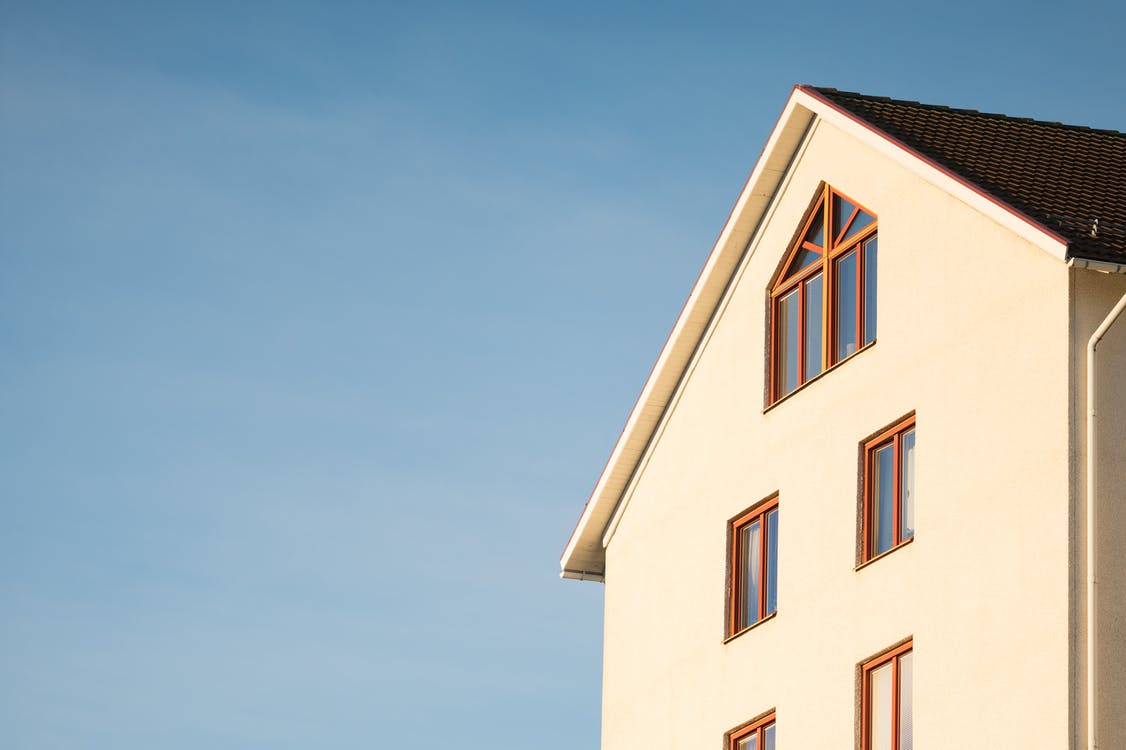The average first-time buyer is now seven years older than in 1960
The average first-time buyer is now seven years older than in 1960 and needs to save around £20,000 to be able to buy a home, a study has found.
Researchers who polled 2,000 adults found a huge difference in the profile of someone buying their first home through the generations.
Today, first-time buyers will be in their thirties before they get onto the property ladder and pay a deposit of £20,622.
In comparison, in 1960, the average first-time buyer was just 23 years old paying a deposit £595 on their first home – the equivalent of around £12,738 today.
James Thomson, CEO of Keepmoat Homes, which commissioned the research, said: “As the UK’s leading homebuilder for first-time buyers we understand better than anyone the challenges that come with getting onto the property ladder.
[youtube https://www.youtube.com/watch?v=1l9wD9xP4Dw?enablejsapi=1&autoplay=0&cc_load_policy=0&iv_load_policy=1&loop=0&modestbranding=0&rel=1&showinfo=1&theme=dark&color=red&autohide=2&controls=2&playsinline=0&]
“In fact we sell 72 per cent of our homes to first-time buyers and so the results of the research were very interesting for us.
“It’s worrying to see just how much tougher things have become, particularly since 2000, with the research showing house prices have risen by over £55,000 and the average deposit has increased significantly from £12,988 in 2000 to £20,622 today.
“It isn’t surprising that the research revealed 69 per cent of people think it’s now harder than ever to buy a home.
“We are bucking that trend by providing high quality homes, predominantly to first-time buyers.
“Our average house price is £155,000, compared with £226,756 across the rest of the UK today and £193,008 in the regions outside London.”
Researchers found homebuyers in the 1960s spent just over two years saving a deposit of £595 – with an average household income of £2,854 at the time.
But those who have bought since 2011 spent more than five years saving a deposit of £20,622 – more than half the £35,634 average annual household income.
As a result, a staggering 48 per cent of people had help to the tune of £10,200 towards this cost from mum and dad.
In the 1990s the cost of a deposit was just over a quarter of the average household income of £20,591 and only 26 per cent of first-time buyers had financial help – an average of £3,881.
But while 84 per cent of first-time buyers were married in 1960, this has dropped to just 27 per cent in recent years.
In fact, first-time buyers are more likely to be in a relationship today rather than married to their partner.
One in five first-time buyers today are single – compared to just three per cent in the 1960s.
The study also found 31 per cent of people are still living in the first home they bought, including one in 10 of those who bought in the 1960s and 15 per cent who bought in the 1980s.
However, two thirds of respondents think people are now more likely to end up purchasing a flat or small home, which they will have to move from in order to start a family, to get on the ladder.
James Thomson from Keepmoat Homes added: “The situation for first-time buyers has become increasingly difficult but there are positive things happening too.
“This includes the Government’s Help to Buy scheme, which has already helped many people onto the property ladder, and the recent abolition of stamp duty for first-time buyers.
“At Keepmoat Homes we are dedicated to building a supply of quality new homes at prices that people can afford.
“By the end of March 2018 we will have built almost 4,000 homes this financial year. The results of the research show how important it is for us to continue this focus through 2018 and beyond.”
Profiles of the average first-time buyer through the decades: (not taking inflation into account)
1960s
Age: 23
Married (84%) In a relationship (13%)
Household income: £2,854
House purchase price: £16,364
Deposit: £595.26
Length of time to save deposit: Two years and one month
23 per cent had financial help – average of £746
Fees: £180.49
1970s
Age: 25
Married (74%) In a relationship (13%)
Household income: £7,307
House purchase price: £22,226
Deposit: £1,191
Length of time to save deposit: Two years and eight months
25 per cent had financial help – average of £1,774
Fees: £454.10
1980s
Age: 28
Married (49%) Single (24%)
Household income: £14,345
House purchase price: £47,488
Deposit: £2,955
Length of time to save deposit: Three years and one month
21 per cent had financial help – average of £4,052
Fees: £944
1990s
Age: 29
Married (29%) Single (29%)
Household income: £20,591
House purchase price: £78,225
Deposit: £5,210
Length of time to save deposit: Four years
26 per cent had financial help – average of £3,881
Fees: £1,422
2000s
Age: 29
Married (30%) In a relationship (30%)
Household income: £29,993
House purchase price: £123,822
Deposit: £12,988
Length of time to save deposit: Four years and four years
42 per cent had financial help – average of £8,408
Fees: £2,368
2011+
Age: 30
In a relationship (30%) Married (27%)
Household income: £35,634
House purchase price: £179,594
Deposit: £20,622
Length of time to save deposit: Five years and one month
48 per cent had financial help – average of £10,200
Fees: £2,623


